- Category
- War in Ukraine
How the Ukrainian Army Turned an 80-Year-Old Anti-Aircraft Gun into a Self-Propelled Artillery Unit
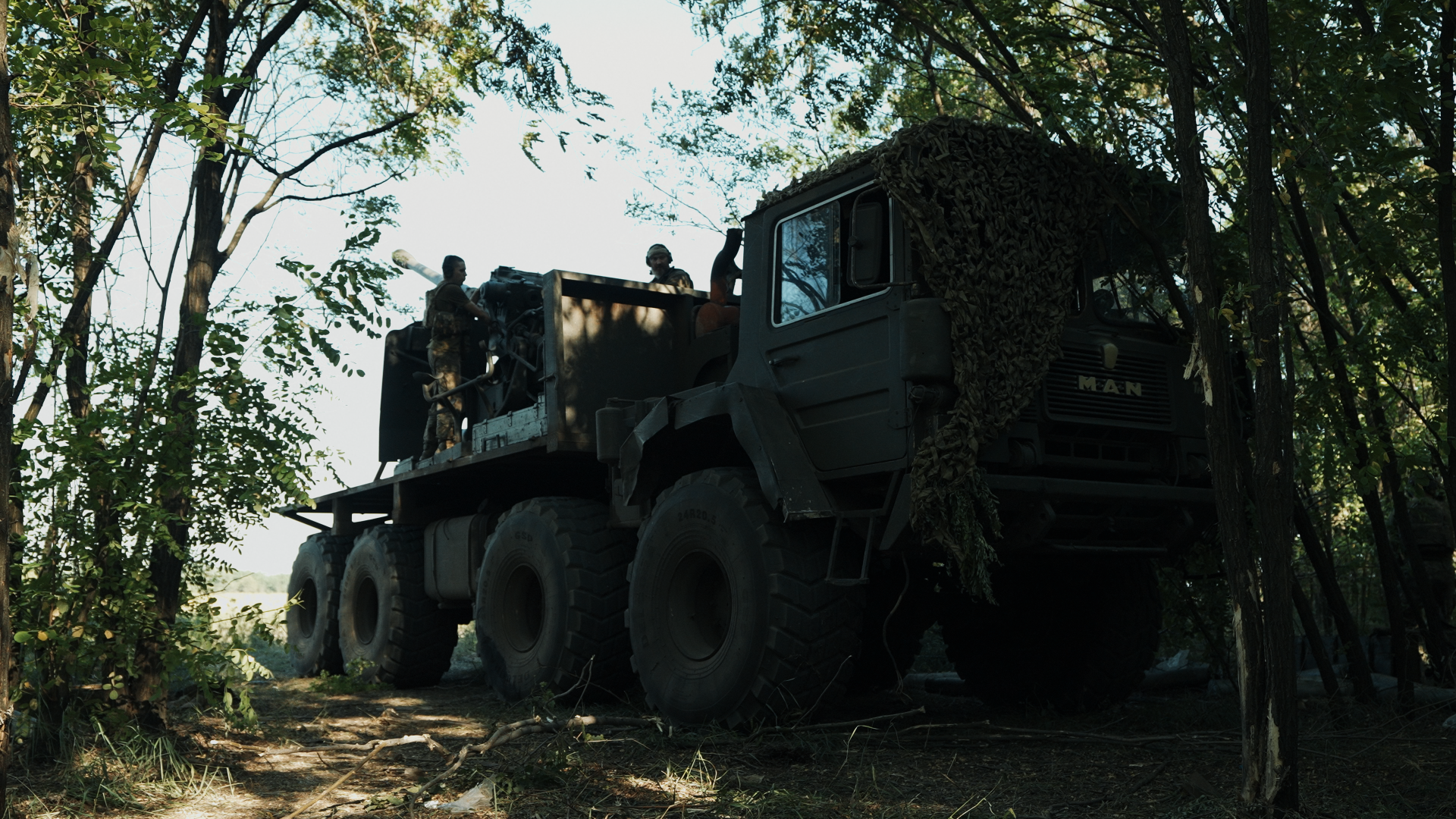
Every weapon can find a use on Ukraine's modern battlefield due to the high intensity of the war.
Together with a Ukrainian soldier named "Ryzhyi," we speed across a field to a grove somewhere near Pokrovsk. We are approximately 10 km from the front line. Our goal is to reach one of the batteries under Ryzhyi’s command. This is no ordinary weapon; it is almost 80 years old but still capable of fulfilling its primary function—destroying the enemy.
Today, we are talking about the KS-19. This was once an anti-aircraft gun designed to protect military installations, infrastructure, and logistics routes from enemy aircraft deep in the rear. It is a stationary gun with a caliber of 100 mm. What can such a weapon do on the frontline? According to Ryzhyi, "We are very creative."
Indeed, there is no shortage of ingenuity.
A stationary weapon so close to the frontline can easily become a target, so the first thing that needed to be done was to add mobility. Therefore, the 111th Territorial Defense Brigade found funds and purchased a used military MAN truck. They repaired, upgraded, and mounted the multi-ton gun onto it. In this form, it is now a self-propelled artillery unit.
That's right: it turns out that an anti-aircraft gun can quite effectively serve as artillery for hitting ground targets. The relatively small caliber of just 100 mm is not very suitable for hitting heavily armored vehicles, but for shelling enemy positions or lightly armored vehicles, the weapon is quite suitable and shows results. Ryzhyi commands four such KS-19s.
The anti-aircraft gun itself was manufactured back in 1947, making it practically a peer of World War II. But in the 21st century, such a weapon was already deeply outdated. Ukraine had just under 200 units of KS-19s in its warehouses. They were stored in the town of Balakliya in the Kharkiv region. When the full-scale invasion began, the town was occupied by the Russian army.
However, the Russians had no use for the KS-19s: what use is an old Soviet anti-aircraft gun? Sometimes they could be used as decoys, but ultimately most of the anti-aircraft installations remained in place and were found by Ukrainian soldiers after the liberation of the Kharkiv region.
Around that time, the idea arose: if Ukraine lacks artillery installations, why not find a way to repurpose other available weapons for these needs? Especially since there were also several tens of thousands of shells for the KS-19 available.
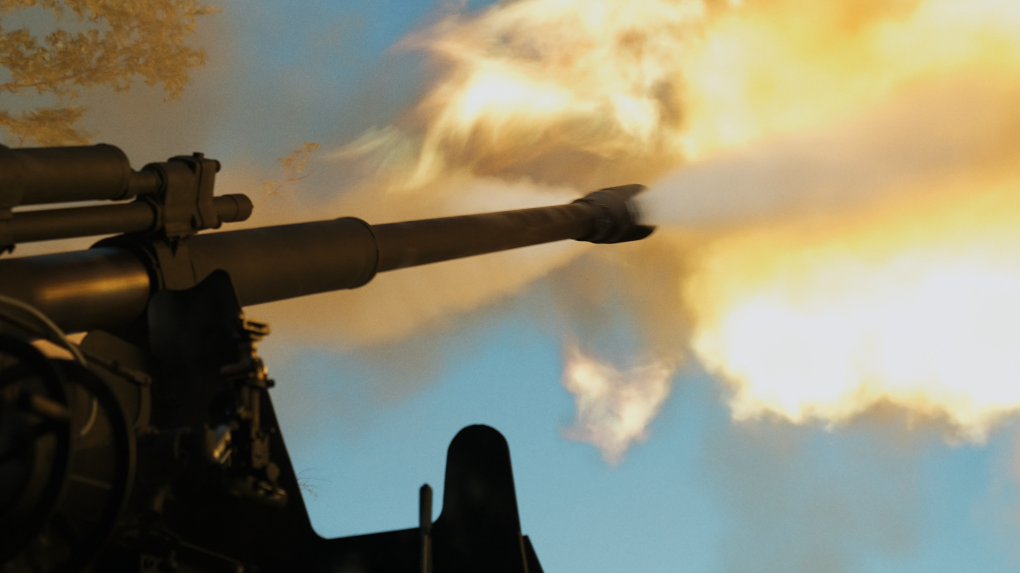
We did not find the KS-19 we needed on the first try: the team had camouflaged it well. The self-propelled gun is often relocated so that the enemy cannot identify its location and carry out counter-battery fire or strike it with drones. Ryzhyi proudly adds that thanks to the coordinated actions of his team, they have not had any casualties. Successful camouflage is one of the reasons for their success.
As explained to us by another soldier, callsign “Devito,” who is the deputy battalion commander for artillery, the gun no longer operates alone. It is now part of a combined fire support system. "Let me explain the ideal scheme: a specific UAV crew is assigned to a specific battery. They are given a sector, and this sector is called a reconnaissance fire complex. That means the drone flies and scouts, and upon finding a target, fire is immediately directed at it," Devito describes the operation.
During our trip to the Pokrovsk direction, the UNITED24 Media team also managed to film the work of the UAV unit, which has its specific sector for operation and searches for targets. The team uses a Danish RQ-35 drone capable of streaming live video and showing what is happening in enemy positions in real-time. These drones were purchased for Ukraine by Hollywood actor Mark Hamill, who raised $1.5 million through the United24 fund.
Reconnaissance and target search are ongoing, with hundreds of "birds" in the sky. Information from them flows to command centers, where the data is verified and coordinates are passed to the artillery.
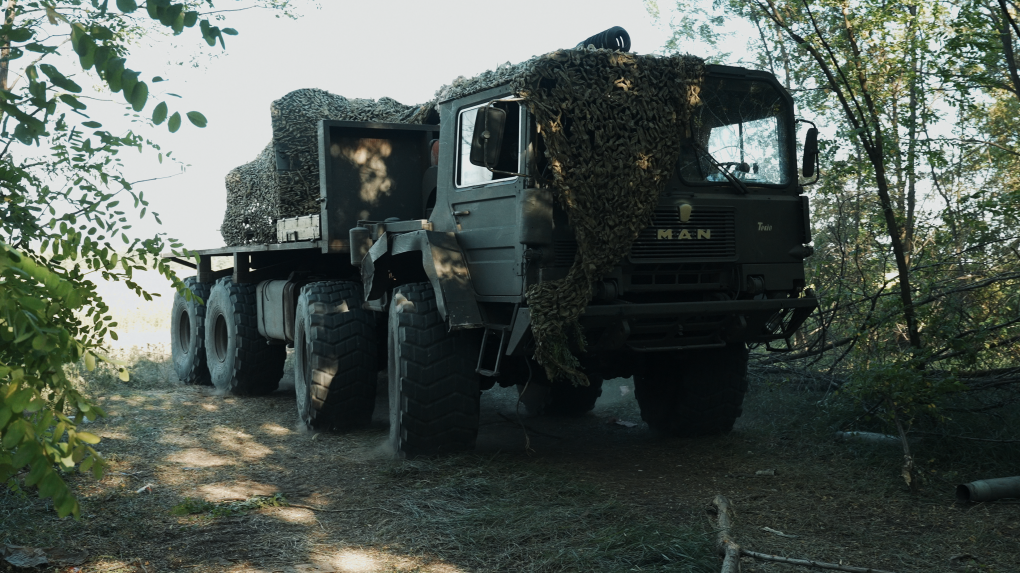
Despite its age, the KS-19 is quite accurate, when in skilled hands. Of the three shots fired in our presence, two shells hit their target: the location of Russian troops in the grove. The whole operation took only a few minutes, after which the gun was once again hidden and camouflaged until a new order for target engagement arrived.
Usually, there is no long wait. The Ukrainian General Staff calls the Pokrovsk direction the most difficult on the entire frontline. After Avdiivka, the Russian army is trying to break through toward Pokrovsk, concentrating large forces here. Traditionally for Russia, losses are not counted. Ukrainian soldiers we spoke to are amazed at the enemy: they advance without stopping, often over the bodies of those who came before them, without preparation. The equipment, which becomes easy prey for artillery and FPV drones, is used less and less, relying on infantry. As a result, for several months in a row, Russia has been losing more than 1,000 soldiers killed and wounded every day.
Ryzhyi is proud of the transformation of the KS-19 into a mobile self-propelled artillery unit and very satisfied. In fact, he was the first in Ukraine to come up with this idea, and now his team has long-range weapons. Are there enough shells? "No one will ever say there are enough," the soldier laughs.
-29a1a43aba23f9bb779a1ac8b98d2121.jpeg)
-6359eca46c72bde40a90abaaadd6eaa8.png)
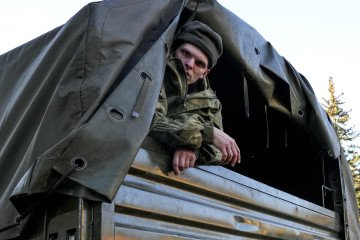
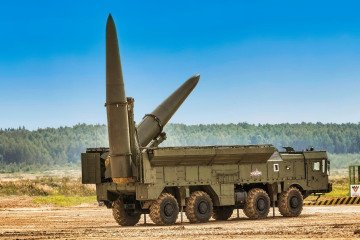
-206008aed5f329e86c52788e3e423f23.jpg)
